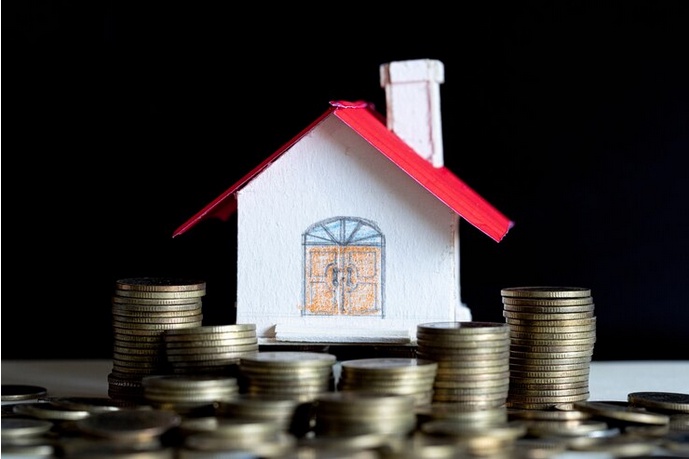Roof insulation is a crucial component of any home, playing a vital role in energy efficiency, comfort, and cost savings. Whether you're looking to upgrade your existing insulation or considering it for a new construction project, understanding the factors that contribute to roof insulation costs is essential. In this comprehensive guide, we'll delve into the key aspects that impact the overall expense of roof insulation, allowing you to make informed decisions without breaking the bank.
1. Roof Size and Complexity
The size and complexity of your roof are fundamental determinants of insulation costs. Larger roofs require more insulation material, naturally escalating the overall expense. Additionally, if your roof has intricate designs, multiple angles, or skylights, the installation process becomes more labor-intensive, potentially raising costs. To estimate the insulation cost accurately, measure your roof's square footage and factor in any architectural complexities.
2. Insulation Material Choices
Selecting the right insulation material is a critical decision that significantly influences the overall cost. Common insulation materials include fiberglass, cellulose, foam board, and spray foam. Each material has its unique set of properties, R-values, and installation requirements. While fiberglass tends to be more budget-friendly, spray foam offers superior insulation but comes at a higher cost. It's essential to balance your budget with the desired insulation performance when making this decision.
3. R-Value Considerations
The R-value measures the insulation material's ability to resist heat flow, indicating its effectiveness. Higher R-values signify better insulation performance, but they often come with a higher price tag. Assess your local climate and energy efficiency goals to determine the appropriate R-value for your roof insulation. While it might be tempting to opt for the highest R-value available, consider striking a balance to achieve optimal insulation without overspending.
4. Installation Method
The method of installation also contributes to the overall cost of roof insulation. Some insulation materials, like spray foam, require professional installation, adding to the expenses. DIY-friendly materials, such as fiberglass batts, may seem cost-effective initially, but improper installation can compromise effectiveness. Hiring a professional ensures proper installation, enhancing energy efficiency and potentially saving money in the long run.
5. Roof Accessibility
The accessibility of your roof plays a role in determining installation costs. If your roof is easily accessible, installation becomes more straightforward, and labor costs may be lower. Conversely, if your roof is challenging to reach, such as with steep slopes or limited access points, installation becomes more complex and time-consuming, potentially raising costs. Assess your roof's accessibility and factor it into your overall budget for insulation.
6. Local Labor Costs
Labor costs vary geographically, impacting the overall expense of roof insulation. Areas with a higher cost of living generally have higher labor rates. Obtain quotes from local contractors to gauge labor costs in your region accurately. While it might be tempting to opt for the lowest bid, ensure that the contractor has the necessary experience and expertise to guarantee a successful insulation installation.
Conclusion: Making Informed Choices for Cost-Effective Roof Insulation
In conclusion, estimating roof insulation cost requires careful consideration of various factors. By assessing your roof size, complexity, insulation material choices, R-value needs, installation methods, roof accessibility, and local labor costs, you can make informed decisions that align with your budget and energy efficiency goals. Remember that investing in quality insulation pays off in the long run through reduced energy bills and increased comfort.
As you embark on your roof insulation journey, prioritize value over upfront savings. Choosing the right insulation materials and installation methods for your specific needs ensures a cost-effective solution that provides long-term benefits. Regular maintenance and periodic evaluations can further enhance the insulation's longevity and performance, protecting your investment over time.
By understanding the nuances of roof insulation costs and navigating the decision-making process strategically, you can achieve a well-insulated home that promotes energy efficiency, comfort, and financial savings. Take the time to research and consult with professionals to tailor your insulation approach, allowing you to count the pennies wisely while creating a more sustainable and comfortable living space.


No comments yet